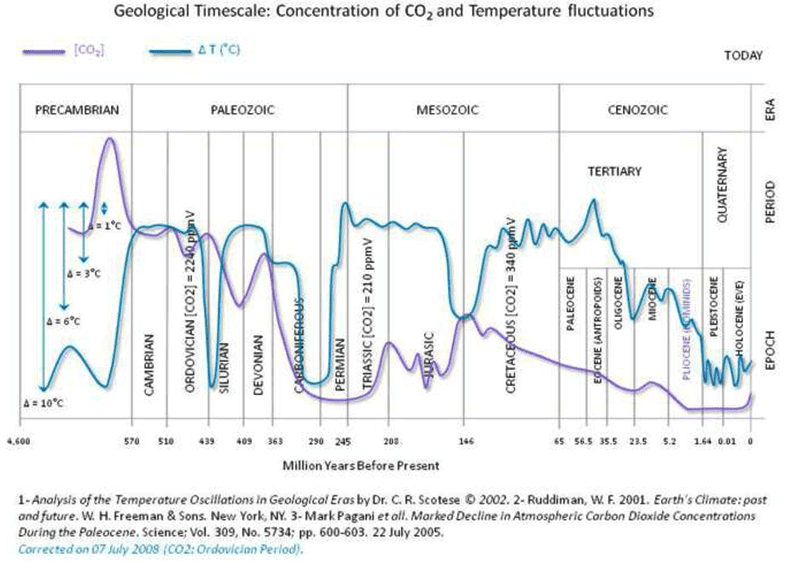No one writes functions like that and not use them, dimwit.
You're unfamiliar with programming. So noted.
I did show the evidence, but you reject it via ad hominem.
You didn't even try to show a data trail between that code snippet and published results. You posted the snippet along with a list of meaningless red herrings, and then declared your conspiracy theory to be proven. However, "because my cult says so!" is not particularly convincing to those outside of your cult.
No, not all just the one locale, but similar problems with data being lost corrupted, faked, etc, have popped up among AGW fraudsters all over the world, from glaciers that aren't really melting to polar bears that are not drowning to Australian temperature records that no longer include the raw data at all.
And each time, the denialists claiming such a thing were revealed to be lying sacks of shit. That's a big reason why almost the entire world now correctly defines denialism as a liars' cult.
However, since you're cut off in your cult bubble, you have no way of knowing such things. Your cult has told you that all non-cult sources are part of the conspiracy against the cult. It's a standard way by which cults control their members.



